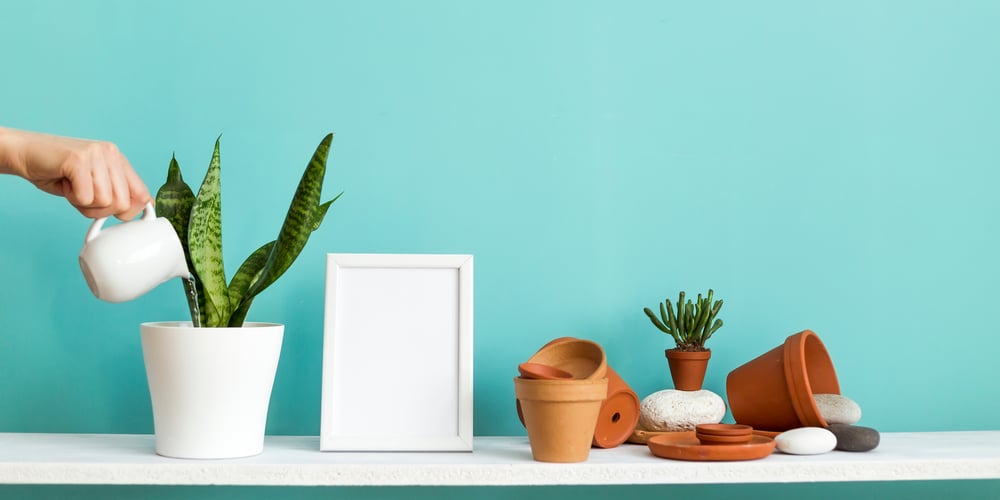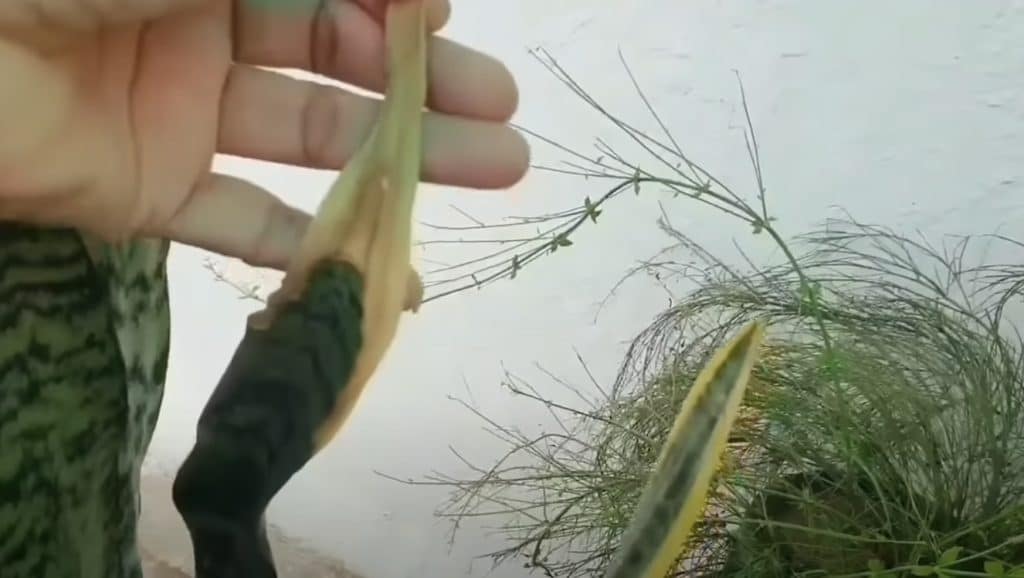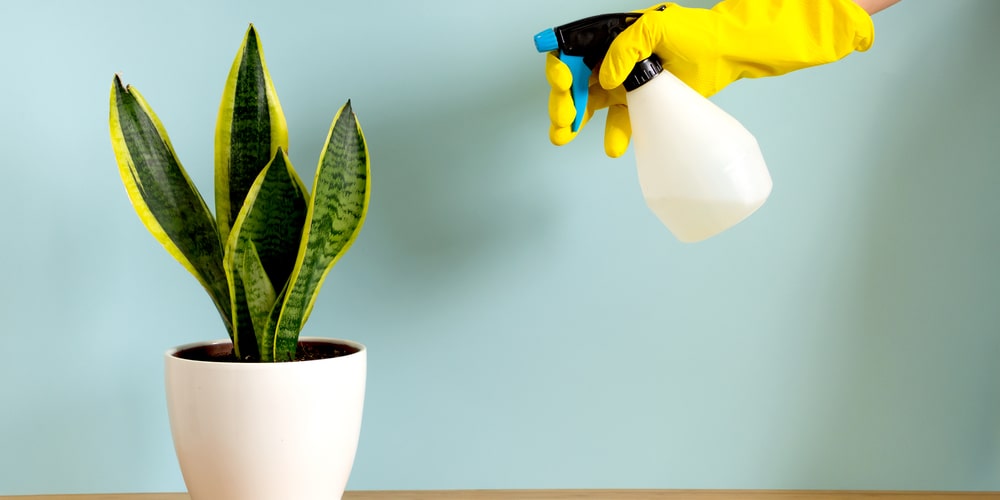Snake Plants have fleshy foliage and prefer drier conditions. They are generally considered to be easier to care for than many houseplants. One of the most common issues people have with their snake plant is that the leaves begin to turn soft and mushy. This is caused by overwatering and is a result of the plant sitting in water-logged conditions for too long. Let’s look at the common reasons snake plant leaves are turning soft and mushy and what to do to improve the situation for your plant.
We’ll also take a look at how to repair damaged leaves on a snake plant.
Overwatering is a common mistake that people make if they are not familiar with caring for a succulent. As snake plants originate from a dry arid climate, they don’t require too much water.
Luckily there aren’t many things that cause a snake plant leaves to turn soft and mushy, which means you’ll know exactly what the problem is when it happens. Fixing this problem will take time but is relatively simple.
Overwatering
Most of the time, when a snake plant leaves turn soft and mushy, it’s due to overwatering. Plants in the sansevieria family are succulent like and don’t require much water. If you water your plant too often, its soil can quickly become waterlogged, which will result in root rot.
If your plants leaves feel soft or have changed color, you should feel the soil to see how moist it is. If the soil feels soggy, remove the plant from its pot and have a look at the roots. Healthy roots will feel firm and look white, while those affected by root rot will feel soft. They may also have a bad smell and look black. You can remove all the soil from around your plant’s roots and cut off any infected roots. Then use a fungicide to treat the root before repotting in new soil.
Drainage Problems
It may be that the problems your snake plant is experiencing aren’t due to your watering schedule. Often Snake Plant’s foliage goes soft due to drainage problems. If the water cannot drain away from your plant’s roots, they will suffer from root rot. This, in turn, causes sift leaves.
If drainage is the problem, you’ll need to remove your plant from its pot, cut off rotten roots and treat it with a fungicide. You can then report your plant using a mixture of soil and perlite. Perlite will help to aerate the soil and improve drainage. Also, ensure that your plants growing in a pot with drainage holes at the bottom. You should also add some stones or gravel to the bottom of the pot. This allows excess water to drain away and ensures that the drainage holes aren’t blocked with compacted soil.
It’s also a good idea to use a terracotta pot when repotting your snake plant with soft and mushy leaves. These types of pots are slightly more expensive but are worth the investment as they will improve your plant’s health. They are also breakable, so you should put your plant well out of the reach of pets and young children. It’s likely when you bought your Snake Plant; it was growing in a plastic pot. These aren’t good for your plant’s health. Terracotta is a much better material as excess water will be able to evaporate due to the pot’s permeability. This means your plant will be less likely to become waterlogged.
Humidity Issues
Too much humidity can also cause your Snake Plant’s leaves to turn soft and mushy. Snake Plants like dry conditions and humidity can affect their leaves. These plants don’t need to be misted, and excess water on the leaves will cause them to rot. If you’re misting your plant or it’s near a humidifier, this will have affected the plant’s foliage.
Conclusion: Remove Soft Mushy Leaves from Your Snake Plant
You can remove leaves from your snake plant that are turning soft and mushy. They don’t look or feel healthy, and are not benefiting the plant. Remove them with a sharp knife or by pulling them carefully from the base of the plant. This will benefit the plant as it will be able to conserve energy and put on new growth. The plant won’t need to waste nutrients from the soil to try to repair the damaged leaves.
There are a few different reasons that your snake plant’s leaves have turned soft and mushy. In 99% of plants, this issue is caused by overwatering. However, you should also check that your plant has well-draining soil by planting in the correct pot and adding perlite to the earth.


